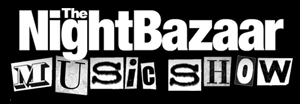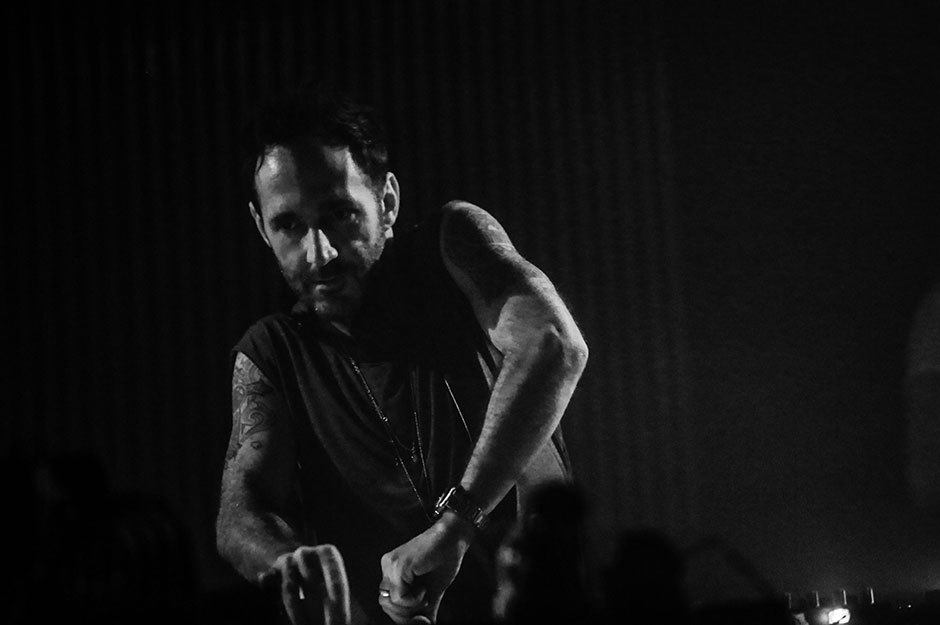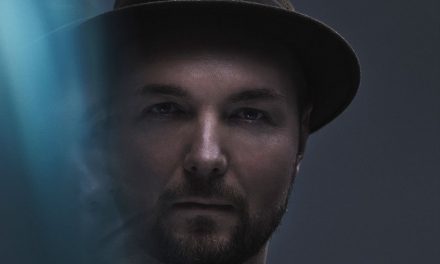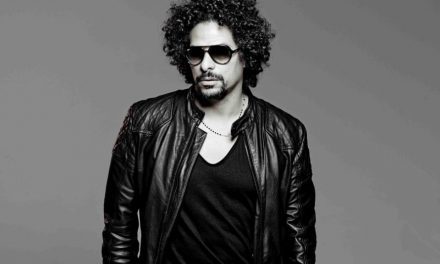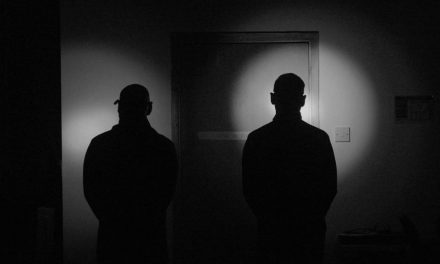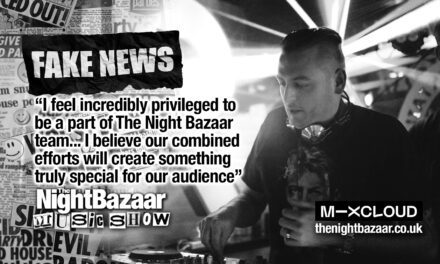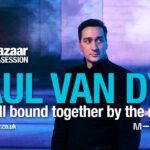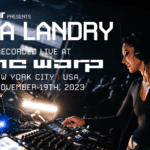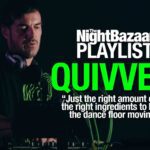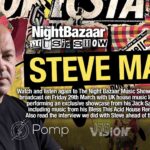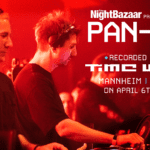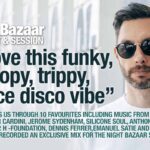THERE is an air of nostalgia in dance music at the moment.
A great example of this trend is documentary ‘The Art Of The DJ’ which documents the career of one of the UKs best loved and most creative DJs from the last 20 years, Steve Lawler.
The film candidly details the rise of dance music through Steve’s career, from his own early experiences at the first raves, his problems with drugs along the way and his rise through the ranks from Cream to Home to Space Ibiza and beyond.
Directed by British filmmaker Piers Sanderson, the film also features cameos from the likes of Carl Cox and industry figures such Darren Hughes, Ben Turner and Danny Whittle.
It’s a fantastic trip down memory with one of the UK’s finest dance music exports and is well worth a watch by both the older generation that were there, but also the younger generation who only know of the legend.
We caught up with Steve for a chat about the biopic in this interview originally published on September 3, 2014.
Achieving your dream originally was a long challenging road. The adventure is far from over and you show no sign of slowing down as one of the most creative DJs and producers on the scene. Why at this point in your career have you decided to put out this documentary?
The idea for doing a film came about around 7 years ago, when I took on a mammoth 2 month bus tour across North America. It was bought to our attention that a DJ hadn’t done a tour like this before, it was usually the type of thing rock bands or R&B pop stars do so management at the time wanted to film everything and make a fly on the wall documentary. It turned out we never did that film due to certain complications, but the idea of doing a film stuck with me.
The Director of ‘The Art of The DJ’, Piers Sanderson and I were old time friends, we came across each again after not seeing each other for many years for me to find out that he now makes films and has made some pretty good ones. Piers said he would love to make this film but his way and that meant it not being a fluff filled egocentric documentary. It had to be real. I was ok with that, and this film was born.
You say you found mixing (beat matching) easy from day one. However there’s no doubt that mixing vinyl is trickier than mixing digital. Do you think that the new digital sync generation who have never played vinyl have missed out on the original art form?
Yes absolutely, but what I have realised seeing not only the change of the art of DJ’ing but also the change of everything in the world. It tells me that the world is no longer patient enough for such things as vinyl, not just playing it, but buying it, collecting it, carrying it, pressing it and working with it. Everything about DJ’ing with vinyl is a much longer loved process, you had to craft your skill, you had to be able to mix to even be a DJ or you simply couldn’t play 2 records on top of each other and create that special journey of non stop music.
All this being said, I do still think that you have to embrace the future and not run from it. There are equally as many benefits as there are things that are lost. I for one was happy the digital generation came around for many reasons, reaching the world with your music became accessible, no more lost creates of records, it made me more creative as a performing DJ.
I can do things with digital DJ’ing that were simply not possible with vinyl. I found my skill changing from mixing beat matching to pro creating live in the mix, editing tracks on the fly. It also meant I could lay something down in the studio and road text it that night. That was not possible back in the day we had to press acetates, which took 2 weeks, cost a lot of money, and only lasted 10 plays.
Watching footage from Cream, Home and The Terrace at Space in particular was a real blast of nostalgia. I was lucky enough to experience you play at all three. There is a trend for looking back to the good old days right now. What can younger ravers learn from the history and what parties today do you think capture the atmosphere those parties had
You know I can honestly say the only real difference honestly was it’s innocence, it’s mystery. We were doing things for the first time and getting away with it back in the warehouse days, then the same when raving changed into clubbing/ the scene was smaller so you felt more a part of something that was segregated from the norm. Today electronic music dominates the world. It is music, period.
When it comes to the vibe in parties, it’s honestly just as good if not better than it used to be.
I know that regardless to how big a crowd is, the most important thing is people are with you and want to share the moment of letting it all go amongst like minded people. That really hasn’t changed for the most part. People are still wanting to let shit go and dance with friends and have the best night.
The one thing that anyone can learn is take it all in, experiment with all sorts of music and don’t care what people think. Sometimes because electronic music has so much to offer some people pocket themselves into genres or even worse only care about what’s cool and what’s not. No one ever cared about cool back then, people just were cool.
You talk about sharing great music as being as much a part of DJing as mixing. Back in the day record shops were a big part of the culture, socially as well as a place for finding great music. Global Grooves was a big part of your early career so in this digital era how do you think the younger generation can fill the void left without a local store?
Such a great question but honestly I have no idea. I loved working in a record shop because it was more than just selling records, it was spending your day talking about and listening to new music and talking about parties you were at where you met some amazing people. It was our place to talk openly about what we did and wanted to do. I guess that place now is Twitter. But again I just see it as change and change is exiting, change always brings something new and loses something.
It’s was good to look back on the legendary Global Underground compilations in the film. Today the age of the comp is on the decline, again a casualty of the digital age with so many mixes available on the internet. How important were those comps for you and for dance music and do you think there is still a market for the physical product?
There is no market for physical product anymore, it’s so minute that its almost impossible to manufacture. It’s like Ben Turner in the film says, “Global Underground were effectively globalising electronic music before the internet was invented”.
As a label owner and a management consultant to a very talented roster of artists we simply look for new sources of creative output, find a new market to get our message to, find a new medium, and we are always trying to do just that. We launched a new platform called VIVa PRiME where we have created a small but exclusive community of people that we give exclusive content to. Today’s marketplace is on the road so everything you do is to make that as good as possible.
Tess Daly appears in the film interviewing you back in the day. She’s a bit more ball room than main room these days. Did you see her throwing some shapes on the terrace at Space?
Haha I certainly did, she was lovely, and I think there whole crew had a few days in ibiza. That interview was so difficult for me as I lost my voice, hadn’t slept for 2 days and was incredibly nervous, I mean it was Tess Daly!
You talk about the time when you were at your ‘peak’ and taking gigs for how much money they would pay you instead of the actual quality of the party. Do you think this is an problem for dance music in the UK today with the boom in large scale events versus the small clubs and us losing a lot of great venues? There has to be a balance between the two to foster new talent in the clubs and isn’t there a responsibility for big name DJs to play smaller venues to give something back even if it means getting paid less? Up and coming DJs warming up for big names has always helped drive things forwards.
I still play smaller clubs as do many big acts I know, so I don’t know about this. What I was talking about in the movie wasn’t literal as in every gig, but it did start to happen and that led me to play more commercial gigs in front of 10,000 people all expecting me to play a way I didn’t want to play.
I have seen the same thing happen with an act in the last 4 years to be honest, (I won’t say who), but it does happen and if your not careful it can change you as a DJ. In the end I didn’t want to change and take away what I loved.
Some people care more about the success than about the music. I don’t.
You have uncovered some great talent such as Detlef, Denney, Anek, Sishi Rosch and Barber. How important is it for you to inspire this talent like you were inspired by the likes of Sasha and Carl Cox?
It drives me. I love being the bearer of good news to people, I mean who wouldn’t?
It makes you feel good. I get a lot from helping people even thought I have been burnt with one particular person that kind of made me look at things slightly different and be more close guarded I guess.
There are people that just want to use you for what they can get from you and I have learned that now, but the guys we now look after are good people and that inspires me in return.
You are very settled with VIVa Warriors at Sankeys Ibiza after 4 seasons now and also Studio338 has become a favourite haunt for you now in London. Why did you chose these clubs to host your parties?
I chose Sankeys 4 years ago as it was a new venue on the island, it’s capacity was manageable, at most 3500 and it had this glorious basement where we could get freaky and play exactly what we wanted to play – a no pressure situation. This ALWAYS brings out the best in DJ’s, real DJ’s and I love a room where I can make it my own. I did it at The End in London, Twilo in NY, Space Terrace in Ibiza, Home in London.
It’s just been a part of me being a DJ is having that room and I knew the basement at Sankeys was it. Who knows what’s next? There will always be a room, I just have to find it
‘The Art Of The DJ’ is available to buy here.


